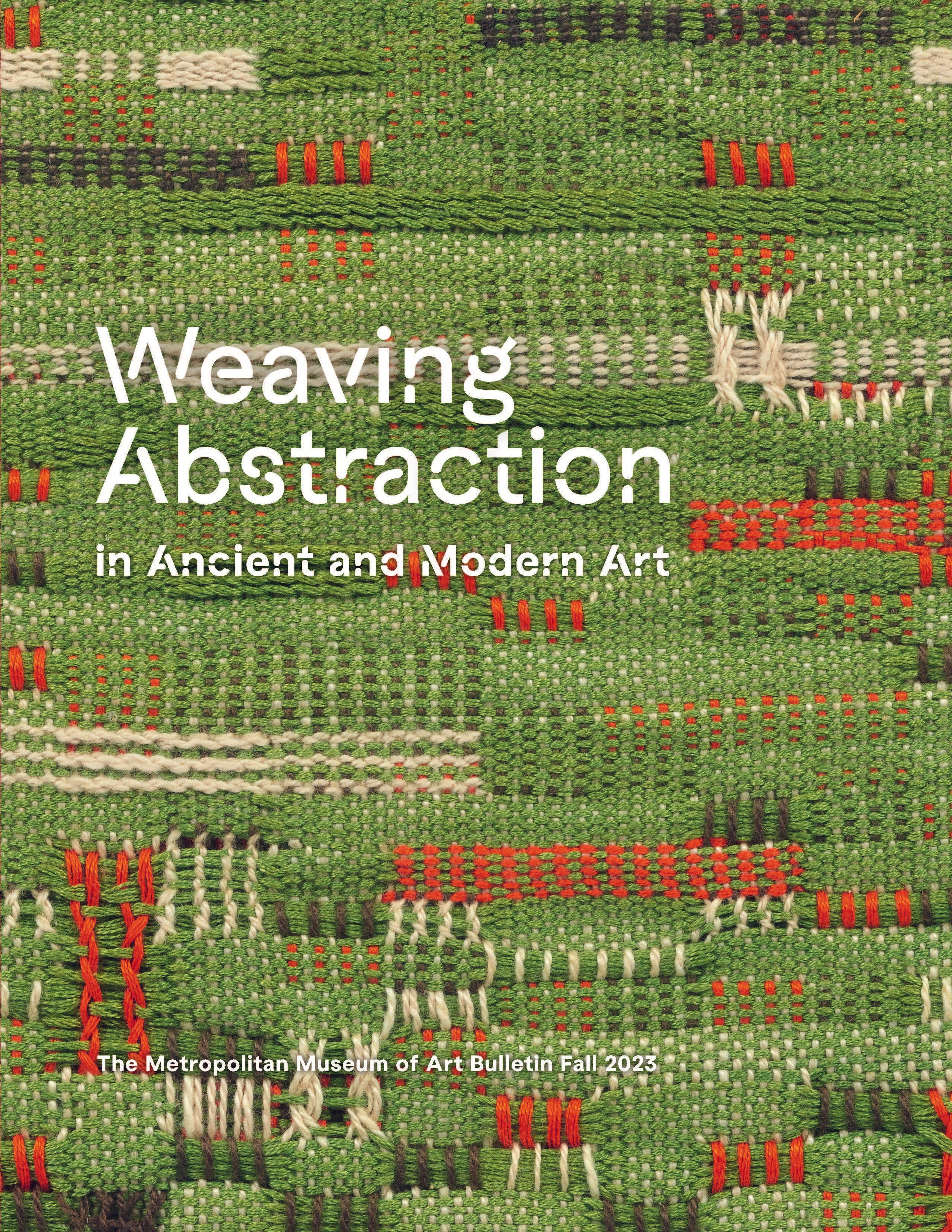Tapestry Tunic
The Andean region of South America was home to one of the longest, most complex textile histories in the world. Among the most spectacular traditions is that of the Wari Empire. From their highland capital near present-day Ayacucho, the Wari exerted strong cultural and political influence over southern coastal and highland regions of Peru. They introduced a distinctive art style, found on fine polychrome ceramics, exquisite personal ornaments crafted of precious materials, expertly carved works in wood, shell, and stone, and especially on elaborate textiles.
In the Precolumbian Andes, sleeveless tunics reaching to the knees and worn over a loincloth were the primary male garment. Tapestry-woven tunics were the most prestigious, and the finest examples were made of up to eighteen miles of handspun camelid wool. As with those of their successors, the Incas, Wari tunics are standardized in size, format, color, and design, suggesting they were produced in state-sponsored workshops. On this fine tunic, a wavelike motif known as a stepped fret is arranged in registers in vertical bands, separated by a white border. The precise significance of this motif is not known, but the dazzling interplay of harmonious colors—pink, magenta, turquoise, crimson, and brown, against a light brown background, creates a strikingly bold visual statement.
In the Precolumbian Andes, sleeveless tunics reaching to the knees and worn over a loincloth were the primary male garment. Tapestry-woven tunics were the most prestigious, and the finest examples were made of up to eighteen miles of handspun camelid wool. As with those of their successors, the Incas, Wari tunics are standardized in size, format, color, and design, suggesting they were produced in state-sponsored workshops. On this fine tunic, a wavelike motif known as a stepped fret is arranged in registers in vertical bands, separated by a white border. The precise significance of this motif is not known, but the dazzling interplay of harmonious colors—pink, magenta, turquoise, crimson, and brown, against a light brown background, creates a strikingly bold visual statement.
Artwork Details
- Title:Tapestry Tunic
- Date:7th–9th century
- Geography:Peru
- Culture:Wari
- Medium:Camelid wool
- Dimensions:H. 42 11/16 × W. 42 15/16 in. (108.5 × 109 cm)
- Classification:Textiles-Woven
- Credit Line:Gift of Claudia Quentin, in celebration of the Museum's 150th Anniversary, 2020
- Object Number:2020.79
- Curatorial Department: The Michael C. Rockefeller Wing
More Artwork
Research Resources
The Met provides unparalleled resources for research and welcomes an international community of students and scholars. The Met's Open Access API is where creators and researchers can connect to the The Met collection. Open Access data and public domain images are available for unrestricted commercial and noncommercial use without permission or fee.
To request images under copyright and other restrictions, please use this Image Request form.
Feedback
We continue to research and examine historical and cultural context for objects in The Met collection. If you have comments or questions about this object record, please contact us using the form below. The Museum looks forward to receiving your comments.
